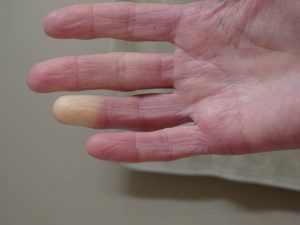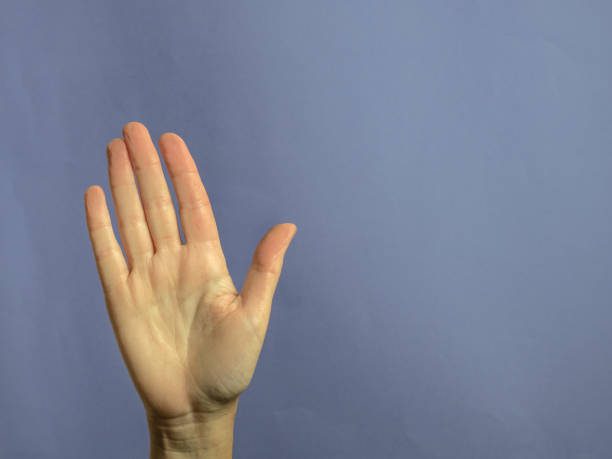It occurs in the fingers, feet, nose and ears in response to cold or stressful situations. Raynaud's treatment, It causes decreased blood flow and skin discoloration due to abnormal vascular narrowing.
It can be seen in two main forms: primary and secondary. Primary Raynaud's disease is an independent condition that is not due to another underlying disease. Secondary Raynaud's disease occurs as a symptom of another disorder. It is often associated with autoimmune diseases, connective tissue diseases or vascular diseases.
People with the disease may experience a noticeable color change when faced with cold or stressful situations. First, whitening occurs in these areas. After this situation, bruising may occur. Finally, the area may turn red or bluish. This is a reaction process that can be observed under certain health conditions. These color changes can often be accompanied by pain, numbness and a burning sensation.

İçindekiler Tablosu
Raynaud's Disease Symptoms
Its symptoms occur with triggering factors. In people exposed to these triggers, blood vessels narrow abnormally and blood flow decreases. This causes color changes, pain and numbness.
It is generally more common in young women. It may also occur more commonly in people with a family history of it. The disease generally affects people living in cold climates. It is also important for people to make some changes in their lifestyle.
These include protecting yourself from the cold, avoiding stress, not smoking and exercising regularly. Because of another health problem, he/she must cooperate with his/her physicians for appropriate management of his or her underlying illnesses. It is a chronic condition, meaning symptoms may occur constantly. However, suitable raynaud treatment The severity of symptoms can be reduced. Additionally, quality of life can be improved.
Raynaud's Treatment Methods
Raynaud's treatmentDiagnosis is made through physical examination and some laboratory tests. Treatment usually aims to relieve symptoms. It may include avoiding cold or stress. In some cases, medications may also be prescribed. The person should take care to keep his hands and feet warm, avoid stress and stay away from smoking.
It is usually a harmless condition, but can sometimes cause serious complications. If you are experiencing symptoms, it is important to consult a healthcare professional. Your healthcare provider can give you an accurate diagnosis and offer appropriate treatment options.
How is Raynaud's treated?
Raynaud's is characterized by abnormal narrowing of blood vessels in the hands and feet. This can cause discoloration, numbness, tingling, and pain in the affected area. Raynaud's may be primary or secondary.
It is important to wear gloves and thick socks to keep hands and feet warm. Adequate protection should be provided when going out in cold weather.
Smoking worsens symptoms by constricting blood vessels. Deep breathing techniques can help relieve symptoms.
Regular exercise can improve blood circulation and relieve symptoms.
Medications that increase blood flow by dilating blood vessels can be used to manage symptoms. Calcium channel blockers are commonly prescribed for this purpose.
These medications can block the effects of nerves narrowing blood vessels.
A cream that helps dilate blood vessels can be applied to the affected areas.
Medications that increase blood flow by dilating blood vessels can be used to manage symptoms. Calcium channel blockers are commonly prescribed for this purpose.
A cream that helps dilate blood vessels can be applied to the affected areas.
Optimal raynaud treatment The method varies depending on the individual situation and the severity of symptoms. Therefore, it is important to consult with your healthcare provider to determine your treatment plan. Appropriate lifestyle changes, medication, and medical procedures significantly improve patients' quality of life.


